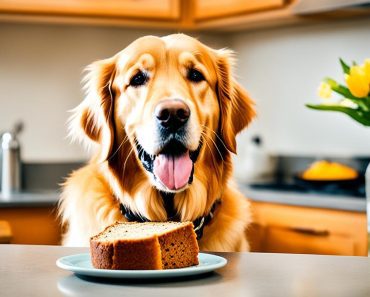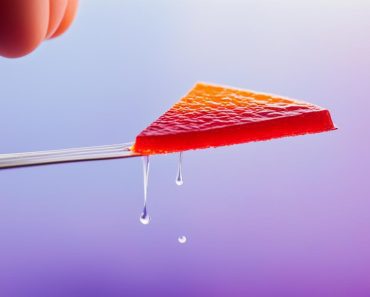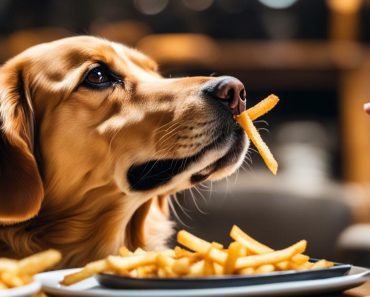When it comes to caring for our furry friends, it’s natural to wonder if certain human medications can be used on dogs. One common question that pet owners have is, “Can you put Neosporin on a dog?” Neosporin is a popular topical antibiotic ointment used to prevent infection and kill bacteria on the skin. But is it safe for dogs?
In this guide, I will provide you with important information about using Neosporin on dogs, including the potential risks, precautions, and alternatives. It’s crucial to prioritize your dog’s health and consult with a veterinarian before applying any medication to their skin.
When to Use Neosporin on Dogs and Precautions
Neosporin can be a helpful tool in caring for your dog’s minor wounds, such as cuts, scrapes, and abrasions. However, it’s important to know when and how to use it safely. Before applying Neosporin, ensure that you properly clean the wound using mild soap and lukewarm water. Gently pat the area dry with a clean towel or gauze.
When using Neosporin on your dog, there are several precautions to keep in mind. It should not be used on deep or severe wounds, or if your dog is experiencing heavy bleeding. Additionally, it’s crucial to consider the location of the wound. If it’s easily reachable by your dog, they may try to lick off the ointment, which can lead to gastrointestinal upset and interfere with the healing process.
If you decide to use Neosporin on your dog, you can cover the wound with a clean and appropriately sized bandage to help protect it. However, it’s essential to monitor the bandage and ensure it doesn’t become too tight, as it can constrict blood flow and create additional problems. If you’re unsure about using Neosporin or if the wound seems severe, it’s always best to consult with a veterinarian for proper guidance and treatment options.
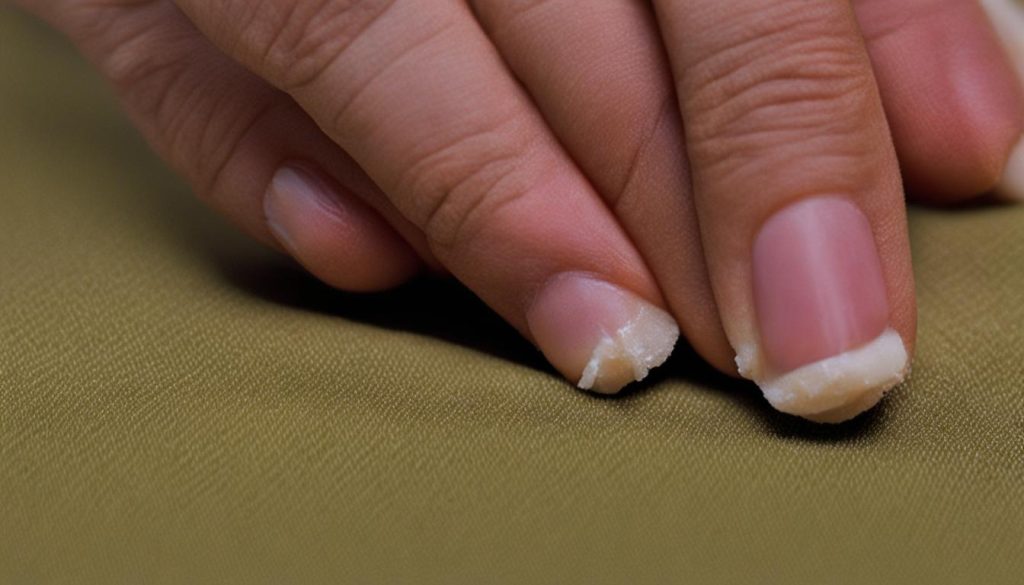
When to Use Neosporin on Dogs and Precautions
Alternatives to Neosporin for Dogs
When it comes to caring for our furry friends, finding the right products that are safe and effective is crucial. While Neosporin can be used on dogs in certain situations, there are alternative products available that are specifically formulated for canine use. These alternatives can provide a safer option for treating minor wounds and preventing infection in dogs.
One popular alternative to Neosporin is Mupirocin, which is labeled for use on dogs. Mupirocin is an antibiotic ointment that can effectively treat and prevent infections in minor wounds. It’s important to consult with a veterinarian to determine if Mupirocin is the right choice for your dog’s specific needs.
Additionally, proper wound care and cleaning are essential for preventing infection in dogs. Regularly cleaning your dog’s wounds with a gentle antiseptic solution and keeping their paws clean can help minimize the risk of infection. It’s also important to monitor the wound closely for any signs of redness, swelling, or discharge, as these may indicate an infection.
Remember, always consult with a veterinarian for proper wound care advice and guidance. They can provide you with the best recommendations based on your dog’s individual needs and ensure their safety and well-being. By exploring alternative products and following proper wound care practices, you can help keep your dog healthy and happy.
Can Dogs Lick Neosporin?
One concern when using Neosporin on dogs is the risk of them licking the ointment off the wound. If your dog ingests Neosporin, it may cause minor side effects such as vomiting or diarrhea. To prevent your dog from licking the ointment, you can try using an Elizabethan collar or covering the wound with clothing like a T-shirt or sock. It’s important to monitor your dog closely and ensure they do not chew or lick off the ointment, as this can interfere with the healing process. If your dog has a tendency to lick their wounds, it’s best to consult with a veterinarian for alternative wound care options.
Can Dogs Lick Neosporin?
When using Neosporin on dogs, it’s crucial to prevent them from licking the ointment off the wound. Your dog’s natural instinct may be to lick the affected area, which can hinder the healing process and potentially lead to further complications. Ingesting Neosporin may cause gastrointestinal upset, resulting in symptoms like vomiting or diarrhea. To protect the wound and prevent your dog from licking the ointment, you can use an Elizabethan collar, commonly known as the “cone of shame,” or consider covering the wound with clothing like a T-shirt or sock. These measures will help ensure that the Neosporin remains on the wound and has the opportunity to effectively promote healing.
Preventing Dogs from Licking Neosporin
To prevent your dog from licking the Neosporin, it’s important to closely monitor their behavior and take necessary precautions. In addition to using an Elizabethan collar or covering the wound with clothing, you can redirect your dog’s attention with interactive toys or engage them in activities that keep their focus away from the treated area. Consistency is key, so make sure to supervise your dog and discourage them from accessing the wound. If your dog persists in trying to lick the Neosporin, it’s advisable to consult with a veterinarian for alternative wound care options that may better suit your dog’s needs and behavior.
Consult Your Veterinarian for Proper Dog Wound Care
When it comes to caring for your dog’s wounds, it’s always best to consult with a veterinarian. They have the expertise and knowledge to assess the severity of the wound and provide personalized treatment recommendations. Whether it’s a minor cut, scrape, or abrasion, your veterinarian can determine if Neosporin is the appropriate choice or if there are alternative products that may be safer for your dog.
By consulting with a veterinarian, you can ensure that you are using the right products and techniques for your dog’s specific needs. They can guide you on proper wound cleaning, bandaging, and monitoring for signs of infection. Your veterinarian may also recommend specific dog-friendly ointments or medications that are safe and effective in promoting healing.
Not only will your veterinarian provide you with sound advice for your dog’s wound care, but they can also address any concerns or questions you may have. They are a valuable resource for your dog’s overall health and well-being, and by working together, you can ensure that your furry friend receives the best care possible.
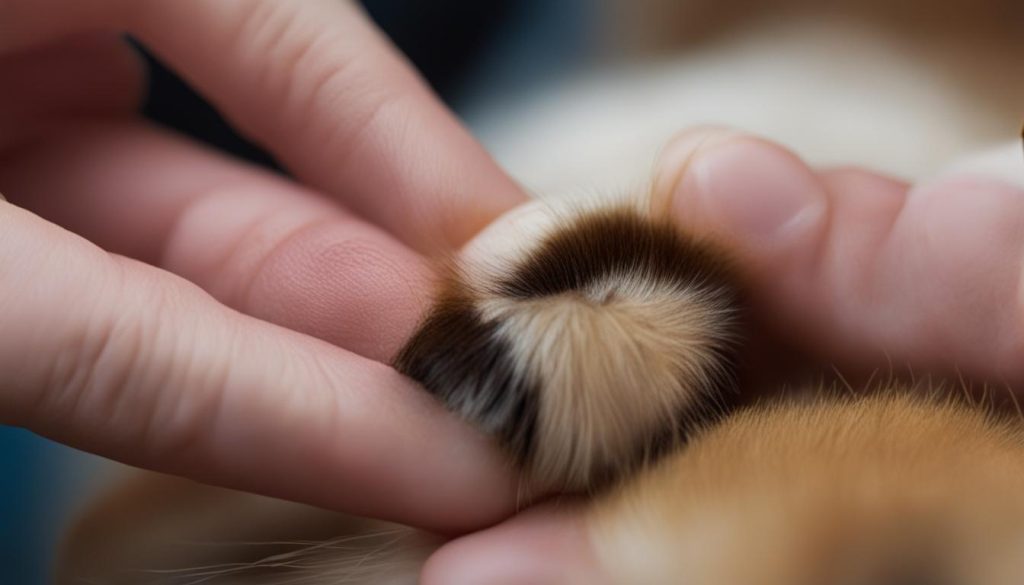
Why Consult with a Veterinarian?
Consulting with a veterinarian for proper dog wound care is essential due to their specialized knowledge and experience. They can accurately assess the severity of the wound and determine the most appropriate treatment for your dog’s specific needs. They can also provide guidance on wound cleaning techniques, proper bandaging, and monitoring for signs of infection.
Your veterinarian may recommend specific dog-friendly ointments or medications that are formulated to be safe and effective for canine use. They can also provide advice on preventing your dog from licking off any applied ointments, ensuring that the wound heals properly.
Ultimately, by consulting with a veterinarian, you can have peace of mind knowing that you are providing the best care for your beloved furry companion. They will be able to guide you through the entire wound care process, from initial treatment to follow-up care, ensuring that your dog recovers quickly and comfortably.
Conclusion – Neosporin on Dogs
In conclusion, when it comes to using Neosporin on dogs, it’s important to prioritize their safety and consult with a veterinarian. While Neosporin can be effective in killing bacteria and preventing infection in minor wounds, there are potential risks to consider. Allergies and the potential for hearing loss from neomycin are important factors to keep in mind. Therefore, it’s best to seek veterinary advice before applying Neosporin to your dog’s wounds.
Alternatives specifically formulated for dogs, such as Mupirocin, may be safer options for wound care. Consulting with a veterinarian will ensure that you choose the most appropriate treatment for your dog’s specific needs. Proper wound cleaning and regular grooming practices can also play an essential role in preventing infection and maintaining your dog’s overall health and well-being.
Remember, your veterinarian is the best resource for guidance and support when it comes to your dog’s wound care. They can assess the severity of the wound, recommend suitable ointments or medications, provide guidance on wound cleaning techniques, and monitor for signs of infection. By working together with your veterinarian, you can ensure that your dog receives the best care possible.
FAQ
Is it safe to put Neosporin on a dog?
Neosporin can be used on dogs in certain situations, but it’s important to consider the potential risks and consult with a veterinarian before applying it to your dog’s wounds. Neosporin contains antibiotics that can help kill existing bacteria and prevent infection, but there are precautions to keep in mind. Neomycin, one of the ingredients in Neosporin, has been linked to hearing loss and should not be used topically on dogs without veterinary advice. Additionally, there is a risk of allergic reaction, so a patch test should be done before applying Neosporin to your dog’s skin.
When should I use Neosporin on my dog and what precautions should I take?
Neosporin can be used on dogs for minor wounds such as cuts, scrapes, and abrasions. Before applying Neosporin, it’s important to properly clean the wound using soap and water, and rinse thoroughly. However, there are certain precautions to keep in mind. Neosporin should not be used on deep or severe wounds, or if your dog is bleeding heavily. It is also not recommended for use on wounds that are easily reachable by your dog, as they may try to lick off the ointment, which can lead to gastrointestinal upset. If a bandage is used to cover the wound, it should be carefully managed to prevent constriction. If in doubt, it’s best to consult with a veterinarian to determine the appropriate treatment for your dog’s wound.
Are there alternatives to Neosporin for dogs?
Yes, there are alternative products that are specifically formulated for canine use and may be safer for your dog. These alternatives, such as Mupirocin, are labeled for use on dogs and can effectively prevent and treat infections in minor wounds. It’s always best to consult with a veterinarian to determine the most appropriate and safe treatment for your dog’s specific needs. Additionally, proper wound care and cleaning are crucial for preventing infection in dogs, and there are other dog care practices, such as regular grooming and keeping your dog’s paws clean, that can help maintain their overall health and well-being.
Can dogs lick Neosporin?
One concern when using Neosporin on dogs is the risk of them licking the ointment off the wound. If your dog ingests Neosporin, it may cause minor side effects such as vomiting or diarrhea. To prevent your dog from licking the ointment, you can try using an Elizabethan collar or covering the wound with clothing like a T-shirt or sock. It’s important to monitor your dog closely and ensure they do not chew or lick off the ointment, as this can interfere with the healing process. If your dog has a tendency to lick their wounds, it’s best to consult with a veterinarian for alternative wound care options.
Should I consult a veterinarian for dog wound care?
Yes, while Neosporin can be used on dogs in certain situations, it’s always advisable to consult with a veterinarian for proper wound care. Veterinarians have the expertise and knowledge to assess the severity of the wound and determine the most appropriate treatment. They may recommend specific dog-friendly ointments or medications that are safe for use on dogs. Additionally, they can provide guidance on wound cleaning techniques, bandaging, and monitoring for signs of infection. Your veterinarian will be able to customize a treatment plan based on your dog’s individual needs and ensure their safety and well-being.

